Note
Hey there! What did ancient Chinese people swim in?
I don't have an answer but there is an old post on it
15 notes
·
View notes
Photo









chinese hanfu by 重回汉唐
274 notes
·
View notes
Text

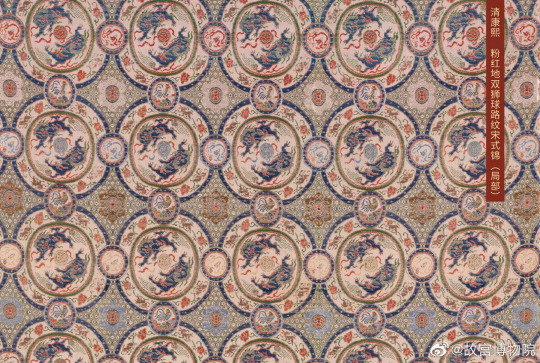
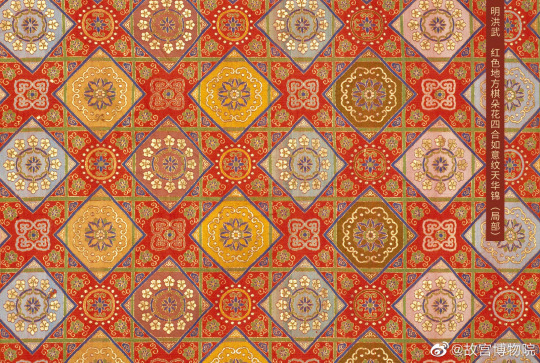


Chinese traditional patterns. 🧶🧵
#chinese culture#hanfu#textiles#patterns#chinese history#silk#china#east asia#designs#weaving#silk weaving#tiles#Art#evilsment
986 notes
·
View notes
Text
*The quote is from a poem by Song Dynasty poet 苏轼 (Su Shi), but with "old person" replaced by "man"
[eng by me]
10K notes
·
View notes
Text
Recent statistics about Chinese traditional arts on douyin, shared by DouyinGroup.
The videos in the background are all taken from douyins shared by various creators (credited in the bottom right).
English added by me :)
(Full video text below the cut)
In the last year, douyins related to national intangible cultural heritages have increased 36%;
Videos related to endangered national intangible cultural heritages have increased 33%;
Post-’95ers and post-’00s share the most videos related to intangible cultural heritages; Those under 30 who are continuing traditions
increased by 72%;
In the last year, 13.79 million netizens shared douyins related to experiences with intangible cultural heritages;
Among them, lacquer fan videos increased rapidly by 318-fold;
The number of users who bought productsfrom intangible cultural heritage related shops increased by 328%;
More and more people on douyin are carrying on as well as sharing endangered traditions, and niche cultural heritages are also being viewed by more people,
662 notes
·
View notes
Text
河南洛邑古城队《侍女蹴鞠图》
Dance The Painting of Maids Playing Cuju, performed during Guizhou Village Super League. Cuju is an ancient Chinese ballgame played with the kicking of the ball, while Guizhou Village Super League is a popular amateur football league hosted among the villages in Guizhou Provinces.
4 notes
·
View notes
Text
[Hanfu・漢服]Chinese Tang Dynasty(618–907AD) Hanfu Photoshoots
Moon Lady/月女









————————
📸Photo:@朱山尽_
👗Hanfu:@山海观潮亭国风原创设计
💄Makeup∶ @南夕叙
🔗Weibo:https://weibo.com/6906018733/OfVKj673h
————————
299 notes
·
View notes
Text

My ancient Chinese emo phase would have looked so cool
188 notes
·
View notes
Text
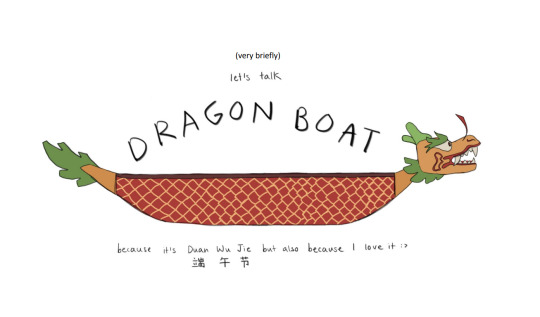

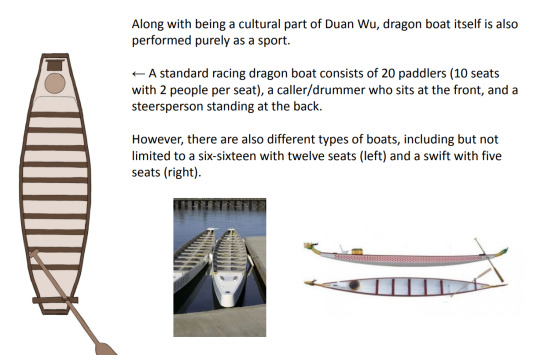
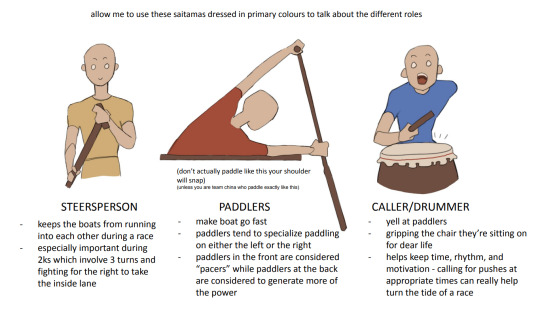
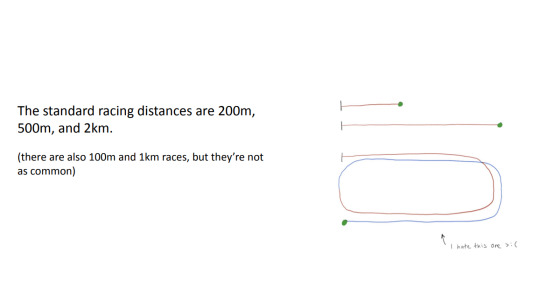


i wanted to scribble out some notes about dragon boat for today, although this definitely looks at it from more a competiton perspective than a cultural one. ofc there's a lot more that could be said and most of this came from the top of my head so it's by no means comprehensive, but hopefully this coule be a little introduction at least haha.
happy duan wu!!
259 notes
·
View notes
Text
[Hanfu · 漢服]Chinese Warring States period(475–221 BC) Traditional Clothing Hanfu-Life of Qu Yuan(屈原)
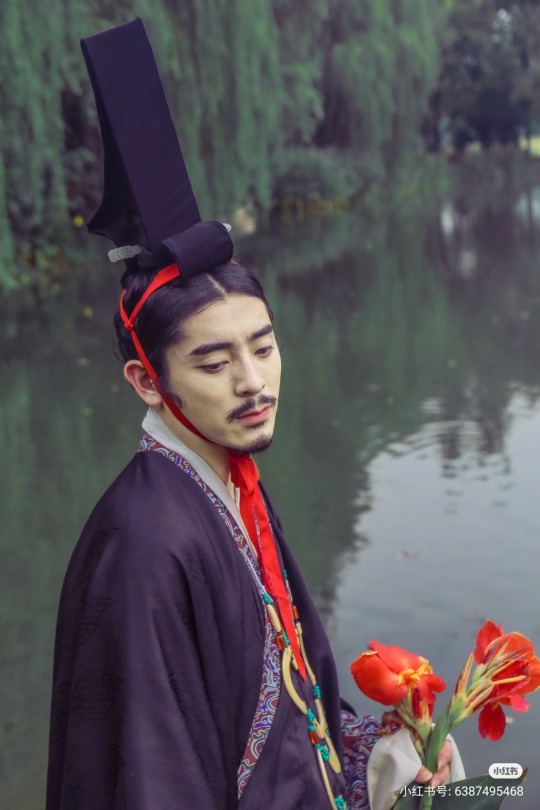
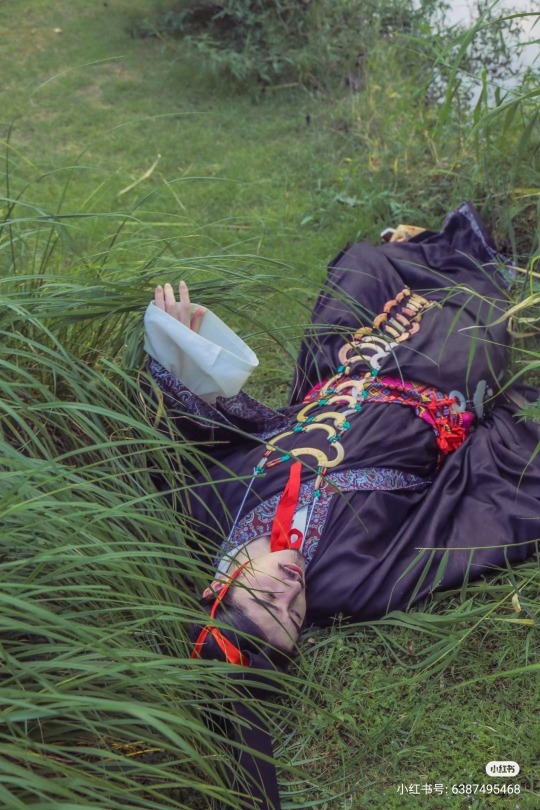
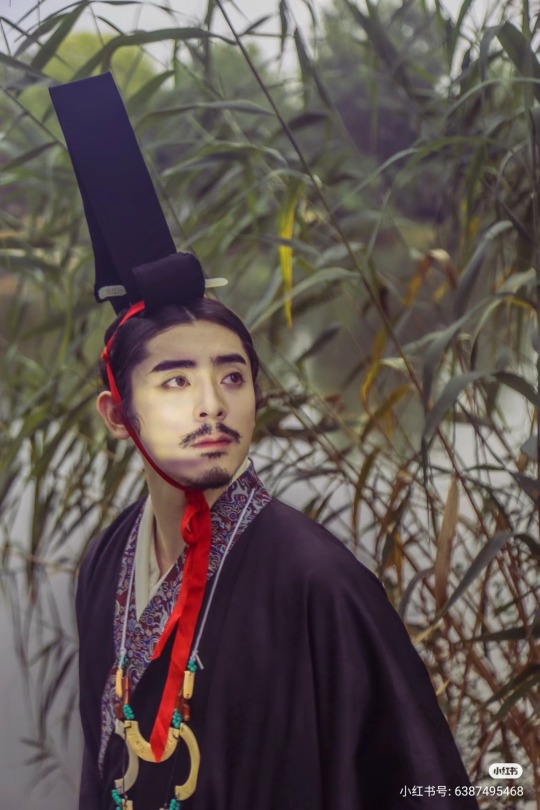

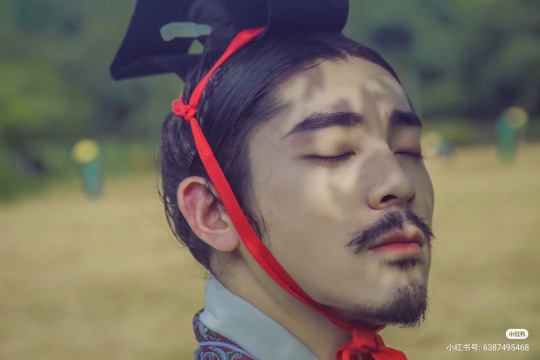
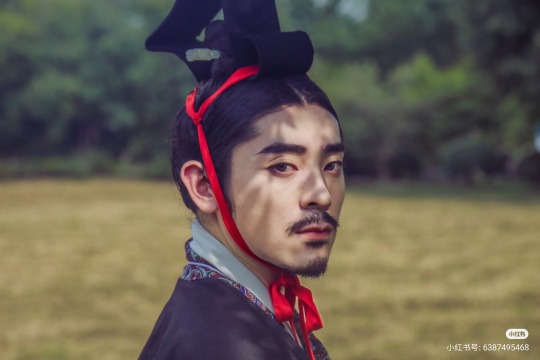
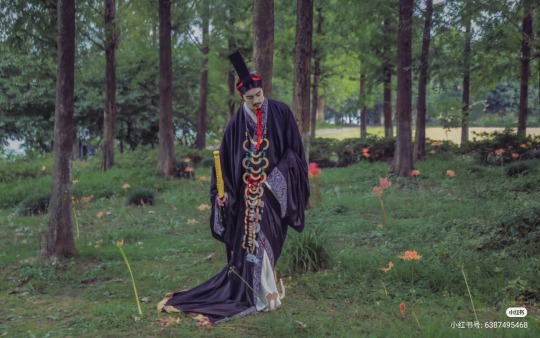
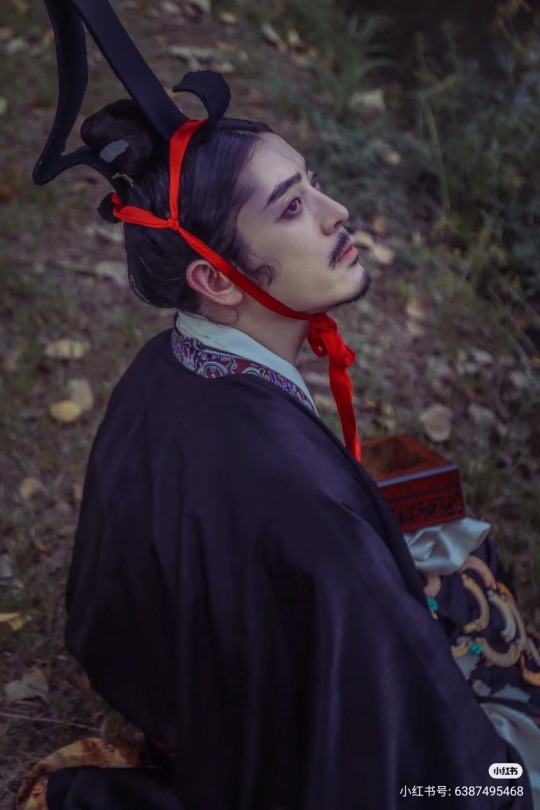
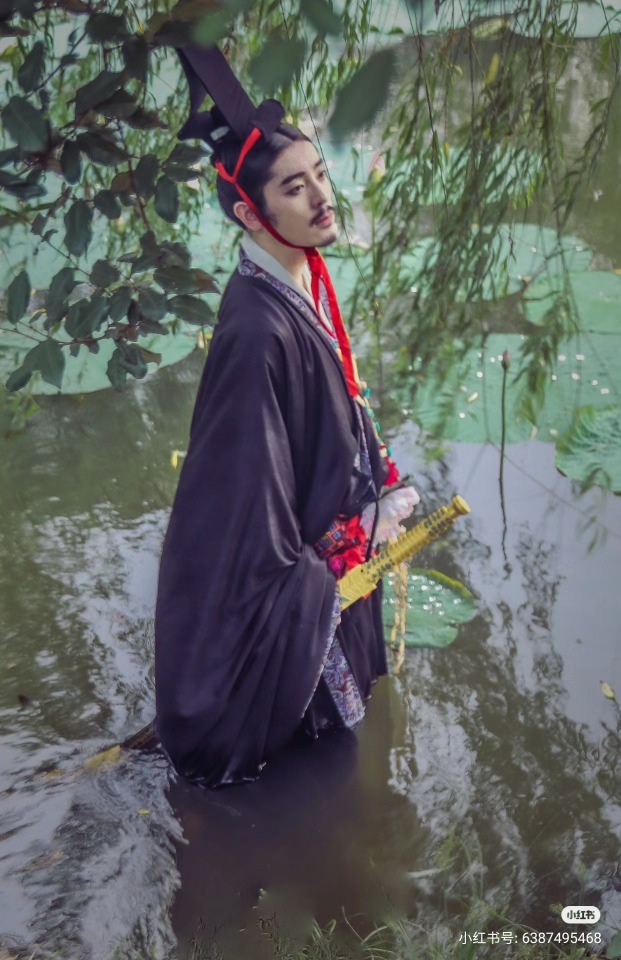
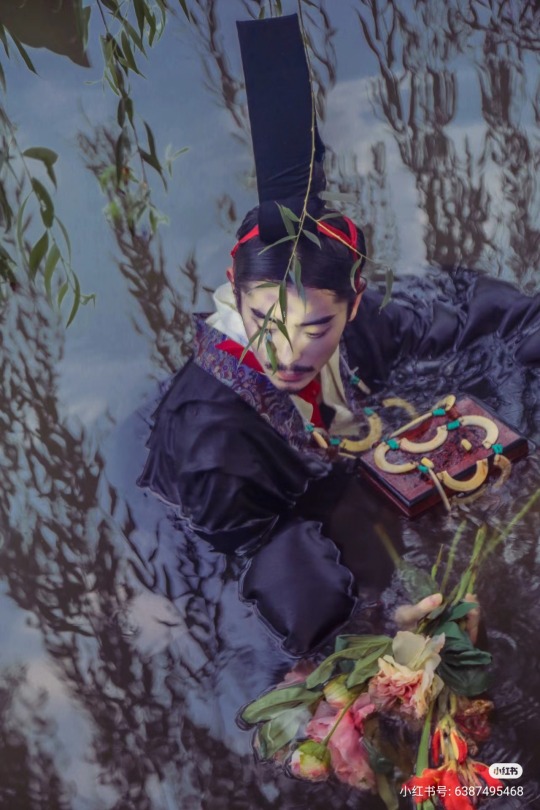
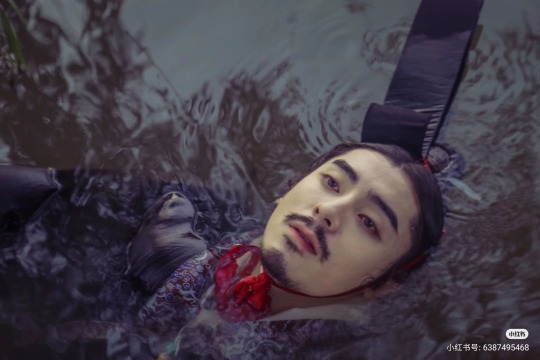
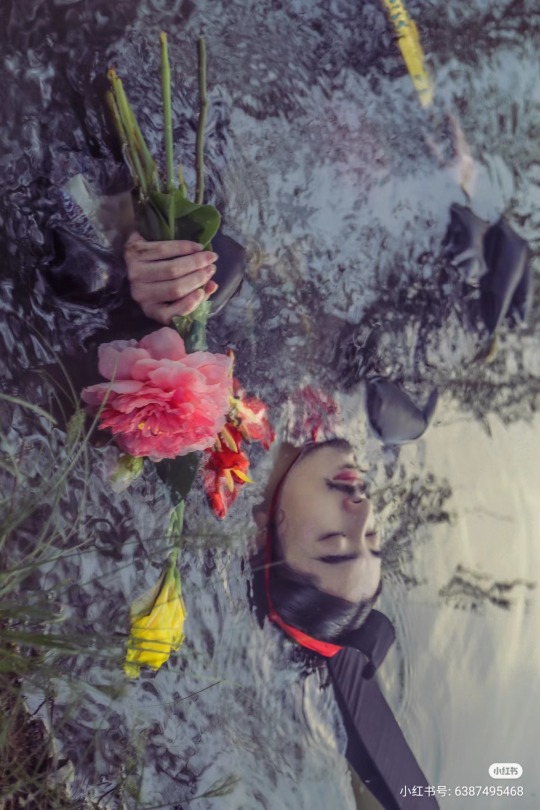

【Historical Artifact Reference】:
China Warring States period (475-221 BC):Silk painting depicting a man riding a dragon (人物御龍帛畫)
it was discovered in the Zidanku Tomb no. 1 in Changsha, Hunan Province in 1973. Now in the Hunan Museum
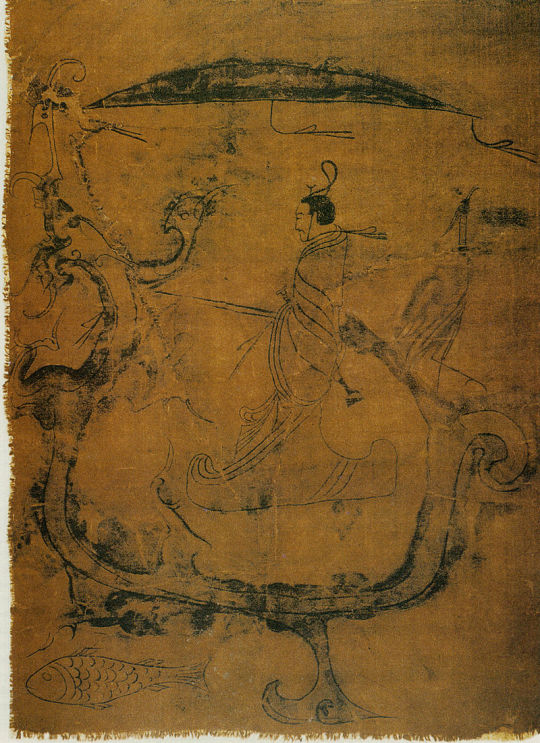
A man with a sword is riding a dragon by holding the rein. The dragon's body was given the shape of a boat. A little egret is standing at the tail of the dragon. A carp under the dragon is leading the way. The umbrella in the top middle of the picture shows the owner's nobility. The work has become associated with the Chu poet Qu Yuan’s famous verse from his poem Shejiang (涉江, Setting foot in the river), ‘Carrying a long sword with weird colour; Wearing a qieyun–styled high cap.” (帶長鋏之陸離兮, 冠切雲之崔嵬)
Western Zhou Dynasty seven-huang jade pendant with linked beads/西周七璜联珠组玉佩

About Qu Yuan(屈原)
Qu Yuan (c. 340 BC – 278 BC)was a Chinese poet and aristocrat in the State of Chu during the Warring States period. He is known for his patriotism and contributions to classical poetry and verses, especially through the poems of the Chu Ci anthology (also known as The Songs of the South or Songs of Chu): a volume of poems attributed to or considered to be inspired by his verse writing. Together with the Shi Jing, the Chu Ci is one of the two greatest collections of ancient Chinese verse. He is also remembered in connection to the supposed origin of the Dragon Boat Festival.
Historical details about Qu Yuan's life are few, and his authorship of many Chu Ci poems has been questioned at length.[4] However, he is widely accepted to have written "The Lament," a Chu Ci poem. The first known reference to Qu Yuan appears in a poem written in 174 BC by Jia Yi, an official from Luoyang who was slandered by jealous officials and banished to Changsha by Emperor Wen of Han. While traveling, he wrote a poem describing the similar fate of a previous "Qu Yuan."Eighty years later, the first known biography of Qu Yuan's life appeared in Han dynasty historian Sima Qian's Records of the Grand Historian, though it contains a number of contradictory details.
Life of Qu Yuan(屈原)
The only surviving source of information on Qu Yuan's life is Sima Qian's biography of him in Records of the Grand Historian (Shiji), although the biography is circumstantial and probably influenced greatly by Sima's own identification with Qu.Sima wrote that Qu was a member of the Chu royal clan and served as an official under King Huai of Chu (reigned 328–299 BC).
During the early days of King Huai's reign, Qu Yuan was serving the State of Chu as its Left Minister. However, King Huai exiled Qu Yuan to the region north of the Han River, because corrupt ministers slandered him and influenced the king.Eventually, Qu Yuan was reinstated and sent on a diplomatic mission to the State of Qi. He tried to resume relations between Chu and Qi, which King Huai had broken under the false pretense of King Hui of Qin to cede territory near Shangyu.
During King Qingxiang's reign, Prime Minister Zilan slandered Qu Yuan.[9] This caused Qu Yuan's exile to the regions south of the Yangtze River. It is said that Qu Yuan returned first to his home town. In his exile, he spent much of this time collecting legends and rearranging folk odes while traveling the countryside. Furthermore, he wrote some of the greatest poetry in Chinese literature and expressed deep concerns about his state. According to legend, his anxiety brought him to an increasingly troubled state of health. During his depression, he would often take walks near a certain well to look upon his thin and gaunt reflection in the water. This well became known as the "Face Reflection Well." On a hillside in Xiangluping (at present-day Zigui County, Hubei Province), there is a well that is considered to be the original well from the time of Qu Yuan.
In 278 BC, learning of the capture of his country's capital, Ying, by General Bai Qi of the state of Qin, Qu Yuan is said to have collected folktales and written the lengthy poem of lamentation called "Lament for Ying". Eventually, he committed suicide by wading into the Miluo River in today's Hunan Province while holding a rock. The reason why he took his life remained controversial and was argued by Chinese scholars for centuries. Typical explanations including martyrdom for his deeply beloved but falling motherland, which was suggested by the philosopher Zhu Xi of the Song dynasty, or feeling extreme despair to the situation of the politics in Chu while his lifelong political dream would never be realized. But according to "Yu Fu," widely considered to be written by Qu himself or at least, a person who was very familiar with Qu, his suicide was an ultimate way to protect his innocence and life principles.[citation needed]
Qu Yuan is said to have expressed his love for the ruling monarch, King Huai of Chu, through several of this works, including "The Lament" and "Longing for Beauty".
Dragon Boat Festival/端午节
Popular legend has it that villagers carried their dumplings and boats to the middle of the river and desperately tried to save Qu Yuan after he immersed himself in the Miluo but were too late to do so. However, in order to keep fish and evil spirits away from his body, they beat drums and splashed the water with their paddles, and they also threw rice into the water both as a food offering to Qu Yuan's spirit and also to distract the fish away from his body. However, the legend continues, that late one night, the spirit of Qu Yuan appeared before his friends and told them that he died because he had taken himself under the river. Then, he asked his friends to wrap their rice into three-cornered silk packages to ward off the dragon.
These packages became a traditional food known as zongzi, although the lumps of rice are now wrapped in leaves instead of silk. The act of racing to search for his body in boats gradually became the cultural tradition of dragon boat racing, held on the anniversary of his death every year. Today, people still eat zongzi and participate in dragon boat races to commemorate Qu Yuan's sacrifice on the fifth day of the fifth month of the traditional lunisolar Chinese calendar.
--------
Recreation Work by : @晴南
Xiaohongshu🔗:http://xhslink.com/CU2x9J
--------
#chinese hanfu#Warring States period(475–221 BC)#Qu Yuan(屈原)#State of Chu#china history#chines history#hanfu#hanfu accessories#hanfu_challenge#chinese traditional clothing#china#chinese#chinese aesthetics#chinese historical fashio#漢服#汉服#中華風#晴南#Dragon Boat Festival/端午节#chinesehanfu
159 notes
·
View notes
Photo













chinese hanfu by 与花说
335 notes
·
View notes
Text



Five-poisons toad purse for Duanwu Festival by 清辉阁素月
169 notes
·
View notes
Text






Summer casual hanfu by 淮边筱竹
#hanfu#summer hanfu#summer fashion#shan#xuanzi#ku#moxiong#hand fan#xigou#chinese hound#dog#male-presenting nipple
57 notes
·
View notes
Text
[Hanfu・漢服]Chinese Tang Dynasty(618–907AD) Hanfu Photoshoots
Moon Lady/月女









————————
📸Photo:@朱山尽_
👗Hanfu:@山海观潮亭国风原创设计
💄Makeup∶ @南夕叙
🔗Weibo:https://weibo.com/6906018733/OfVKj673h
————————
#chinese hanfu#Tang Dynasty(618–907AD)#hanfu#hanfu accessories#hanfu_challenge#chinese traditional clothing#china#chinese#漢服#汉服#中華風#朱山尽_#山海观潮亭国风原创设计#南夕叙 #齊胸衫裙 qixiong shanqun#chinesehanfu
299 notes
·
View notes
Photo










chinese hanfu by 明镜华服
270 notes
·
View notes
Text
A transformation
#old-school weijin style#hanfu#mens hanfu#transformation#w#douyin#tiktok#video#audio#r#buried-in-stardust
158 notes
·
View notes



